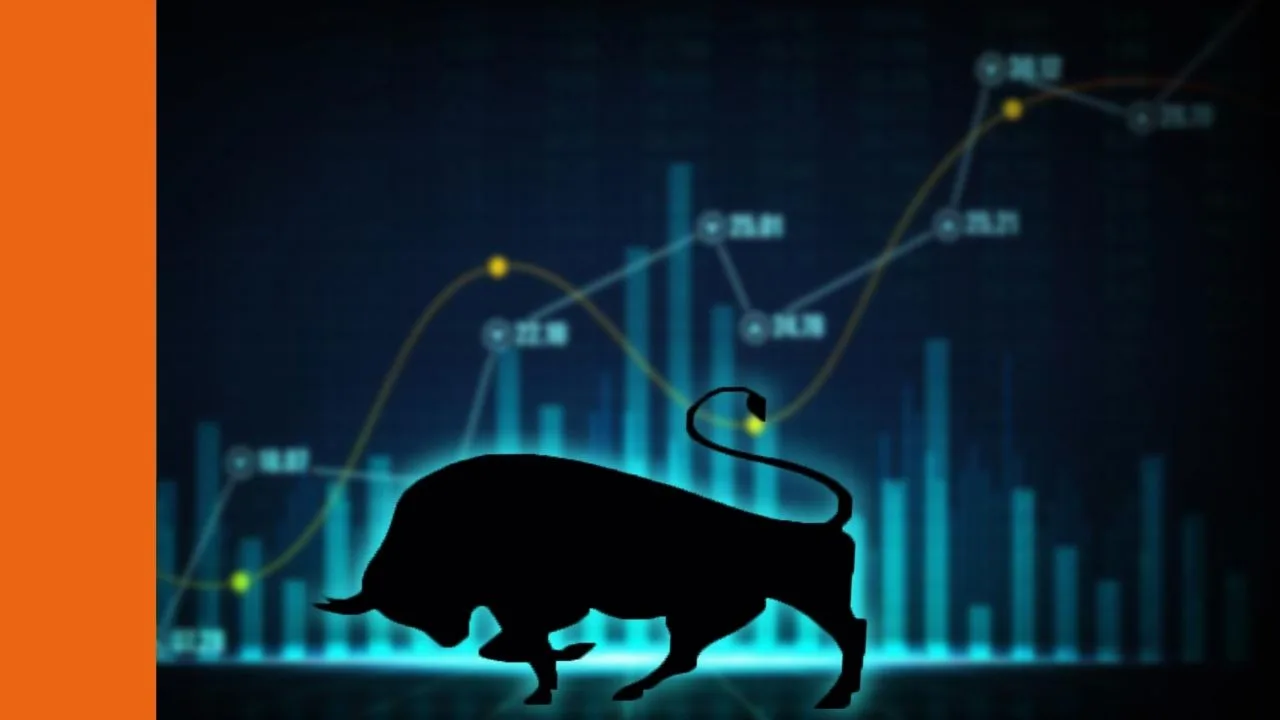WTC share price in focus
Founded in 1994 by Richard White and Maree Isaacs, Wisetech Global is a developer of cloud-based software used for international and domestic logistics industries.
Wisetech’s vast suite of software products is used across various logistics functions including fowarding & customs, landside transport, rates & contracts, warehousing, and transport management systems.
Their cornerstone software is called Cargowise. It’s become an industry-leading solution now used by all 25 of the largest global freight forwarders and 46 of the top 50 third-party logistics providers.
The key metrics
If you’ve ever tried to read a company’s income statement on the annual report, you’ll know it can get pretty complex. While there are any number of figures you could pull from this statement, three key ones are revenue, gross margin, and profit.
Revenue is important for obvious reasons – everything starts here. If you can’t generate revenue, you can’t generate profit. What we’re concerned about is not so much the absolute number, but the trend. WTC last reported an annual revenue of $1,042m with a compound annual growth rate (CAGR) over the last 3 years of 27.1% per year.
Moving down the income statement, we then get to gross margin. The gross margin tells us how profitable the core products/services are – before you take into account all the overhead costs, how much money does the company make from selling $100 worth of goods or services? WTC’s latest reported gross margin was 84.0%.
Finally, we get to profit, arguably the most important figure. Last financial year WiseTech Global Ltd reported a profit of $263m. That compares to 3 years ago when they made a profit of $108m, representing a CAGR of 34.5%.
Financial health of WTC shares
The next thing we need to consider is the capital ‘health’ of the company. What we’re trying to assess here is whether they’re generating a reasonable return on their equity (the total shareholder value) and have a decent safety buffer. One measure we can look at is net debt. This is simply the total debt minus the company’s cash holdings. In the case of WTC, the current net debt sits at -$19m.
A high number here means that a company has a lot of debt which potentially means higher interest payments, greater instability, and higher sensitivity to interest rates. A negative value on the other hand indicates the company has more cash than debt (a useful safety buffer).
However, arguably more important is the debt/equity percentage. This tells us how much debt the company has relative to shareholder ownership. In other words, how leveraged is the company? WTC has a debt/equity ratio of 4.7%, which means they have more equity than debt.
Finally, we can look at the return on equity (ROE). The ROE tells us how much profit a company is generating as a percentage of its total equity – high numbers indicate the company is allocating capital well and generating value, while a low number suggests the profits might offer more value if they were paid to shareholders as a dividend. WTC generated an ROE of 12.8% in FY24.
What to make of WTC shares?
With strong revenue growth over the last 3 years, profits trending upwards, and a solid ROE, WTC shares could be worth adding to your ASX share price watchlist.
Please keep in mind this should only be the beginning of your research. It’s important to get a good grasp of the company’s financials and compare it to its peers. It’s also important to make sure the company is priced fairly. To learn more about share price valuation, you can sign up for one of our many free online investing courses.









